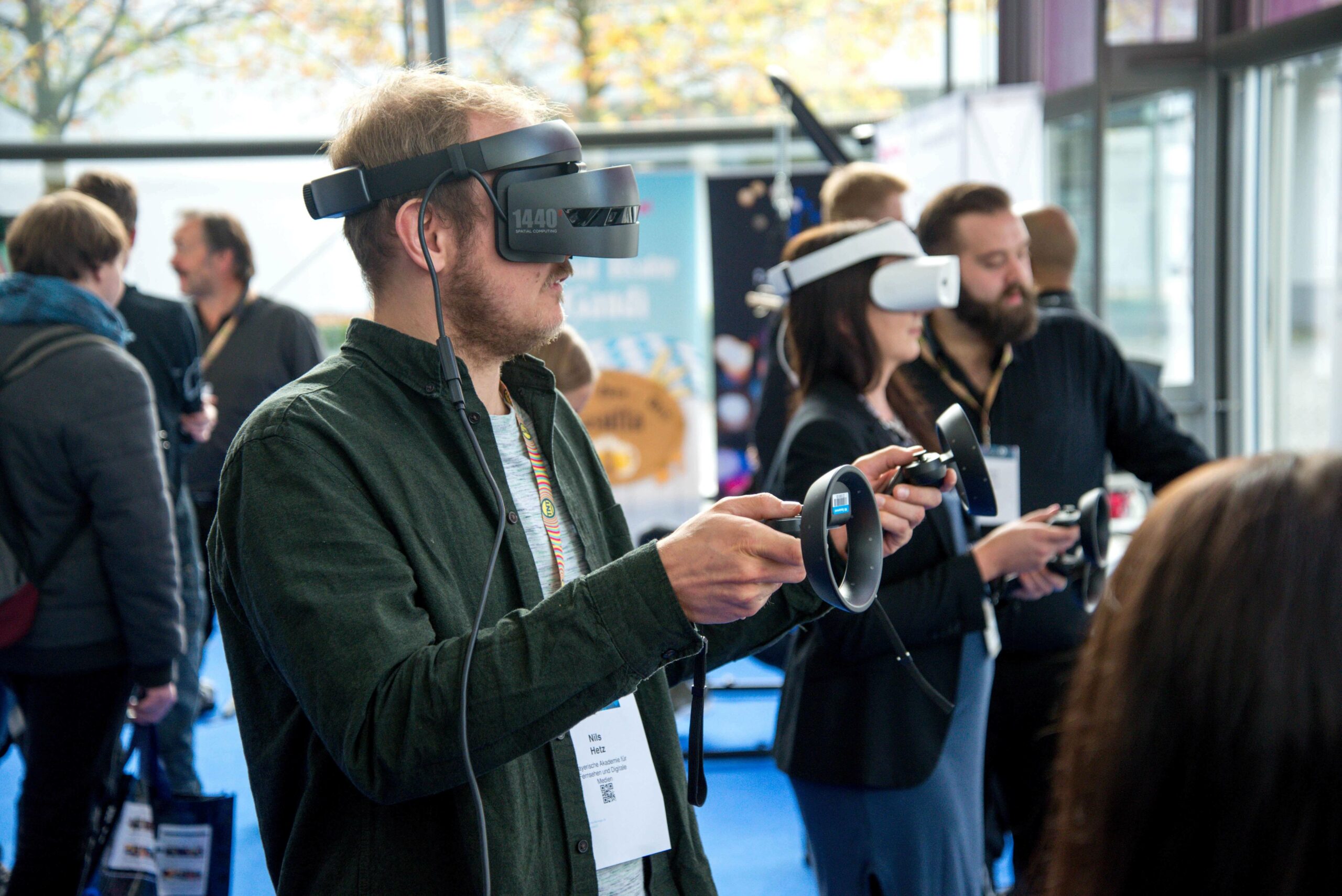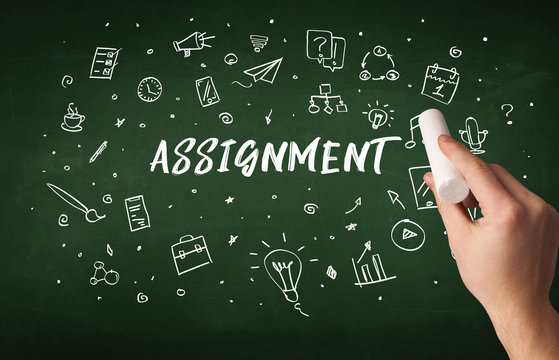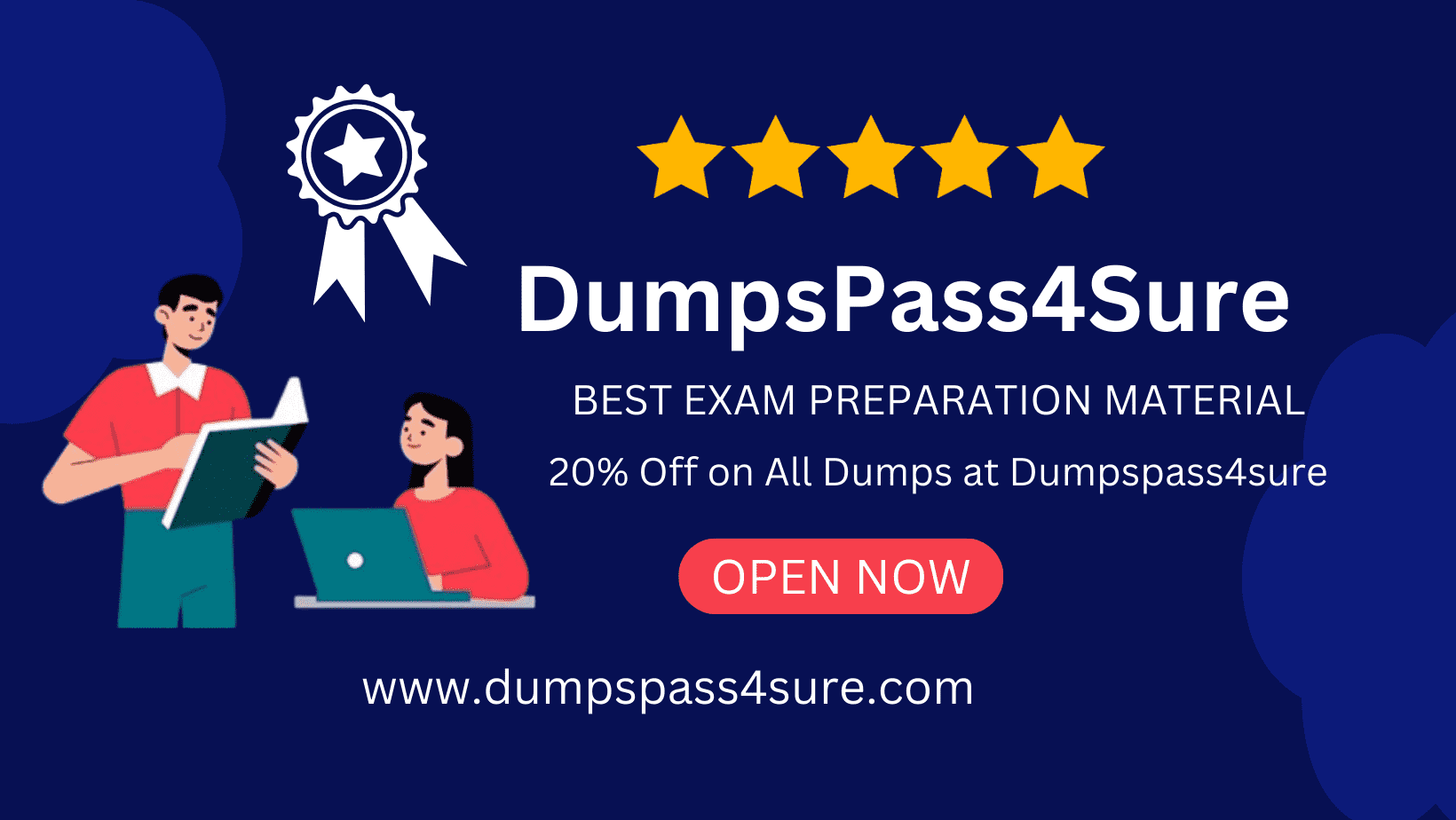Traditional learning setup is failing today.
Asking how?
Well, the traditional learning environment forts sort of engaging students. Within the four walls of the classroom, students of today find themselves staring at the clocks, waiting for the lecture to end as soon as possible.
Within the four walls, the essence of education is fading with each day. However, with the use of VR in education, educators can twist this scenario.
VR is known for its nature to provide immersive experiences which is beneficial for students. By wearing a VR headset, students can step inside the virtual world where they are allowed to transport to different worlds. Not only they can move into different virtual worlds, but they can also visit historical eras or dissect complex scientific phenomena.
Thus, with the use of VR for educators, educators can create an unparalleled learning experience.
And the result?
The results are nothing sort of extraordinary. With the sense of presence and interaction in the 3D learning environments, educators can foster a deep understanding of the subject matter.
What’s more?
Well, the level of immersion offered by the virtual learning environment, there is an enhancement in memory retention and comprehension. Thus, making it an invaluable tool for educators.
Benefits of VR in Education
Well, the benefits of Virtual reality are not unknown to all. Some of the most useful benefits of using VR in education are as under-
Engagement and Motivation
Not all the topics are interesting for the students. Some might be highly interesting while the rest can be boring. And, no one can captivate the attention of the students in a boring lecture.
But, VR can turn an otherwise dull lesson into an exciting adventure. With the use of VR technology, educators can captivate students’ attention, allowing them to learn while enjoying.
They can create gamified experiences for the students along with providing them with interactive simulations in virtual reality which keeps the students motivated and eager to learn and explore.
Accessibility
What is the fun of education if it is not accessible to all the students?
Within the traditional classroom setup, which requires students to physically present themselves in a classroom, it is hard for educators to make education accessible to the students.
VR learning platform allows students to connect in a virtual environment classroom that democratizes education by making it accessible to students regardless of their physical location.
Virtual field trips, for instance, allow students to explore world landmarks, historical sites, and cultural wonders from the comfort of their classrooms.
Personalized Learning
Nothing can match the ability of virtual reality technology when it comes to personalized learning. With the use of virtual reality, educators can create immersive VR experiences for their students by understanding their learning styles.
This means they can understand which student is weak in a subject matter and which one is excelling.
For the weaker students, they can create a VR simulation of the subject matter that can be helpful for the students to understand the topic in an easily digestible way.
On the other hand, if a student is familiar with the topic or is excelling in the subject, they can create a challenging learning environment that encourages them to perform better in the class.
Thus, it encourages educators to keep a check that no one is left behind.
Practical Skill Development
We all know when it comes to learning by doing, students excel. However, the traditional educational classroom system often limits the practical skill development of the students.
How?
Well, this can happen either because of limited access to the experimental tools or because of the safety concerns associated with the experiments.
As a solution to this, VR can be particularly beneficial for hands-on or technical subjects. This is majorly beneficial for medical students who can practice dangerous surgical procedures.
What about the architects? They can design virtual buildings, and mechanics can troubleshoot virtual engines.
What is the best part?
It is that they can do all these in a risk-free environment. Impressive. Isn’t it?
Emotional Learning
Wait! Knowledge is not only about transferring or grasping knowledge. It also includes creating a sense of empathy among students.
VR can be a powerful tool for teaching empathy. It can immerse students in situations that encourage them to understand the experiences and perspectives of others, fostering compassion and empathy.
Applications of VR in Education
When it comes to education, VR has a diverse range of applications. For science learning science and maths, It can help them to visualize complex concepts.
For instance, students can explore the solar system or grasp geometric principles. or history and geography, it offers virtual journeys to historical events and distant locales, like the Battle of Gettysburg or ancient Rome.
In language learning, VR enhances acquisition through real-world language practice.
Wait. it is not over yet.
Using virtual reality in education, Art, and design students can sculpt and create in a 3D virtual space. For special education, VR provides a controlled environment for therapeutic interventions and skill development, catering to diverse learning needs.
All these applications expand horizons and engage students in exciting new ways.
Challenges and Considerations
While the potential of VR in education is immense, there are some challenges to consider. These include the cost of VR equipment, the need for teacher training, and concerns about screen time.
As with any technology, thoughtful integration and balance are essential.
To conclude, VR offers a dynamic and engaging platform for educators to enrich the learning experience.
With the integration of VR in education, the future of education is here, and it’s immersive, interactive, and limitless.
VR for educators is a new dimension in learning, and it’s an exciting journey that promises to transform the way we teach and learn.





